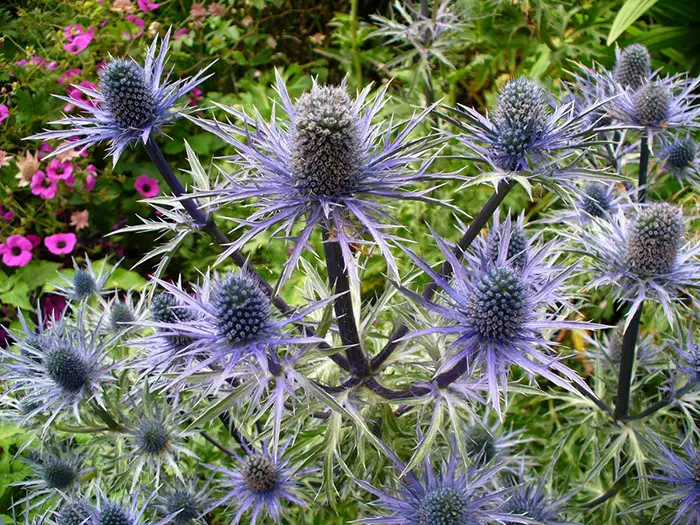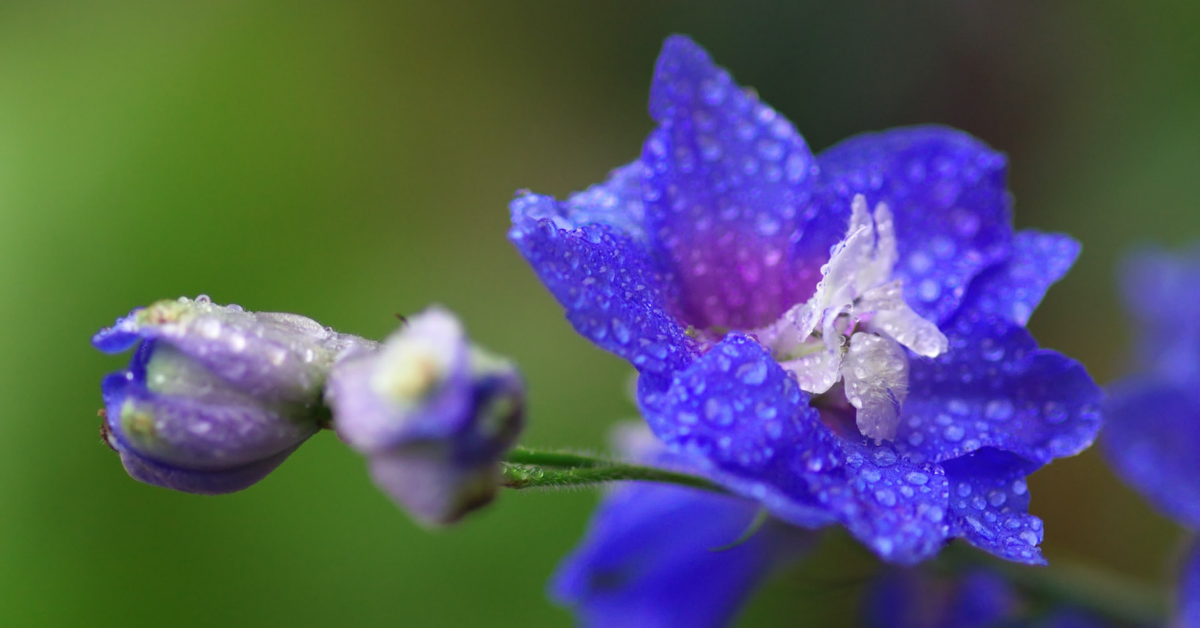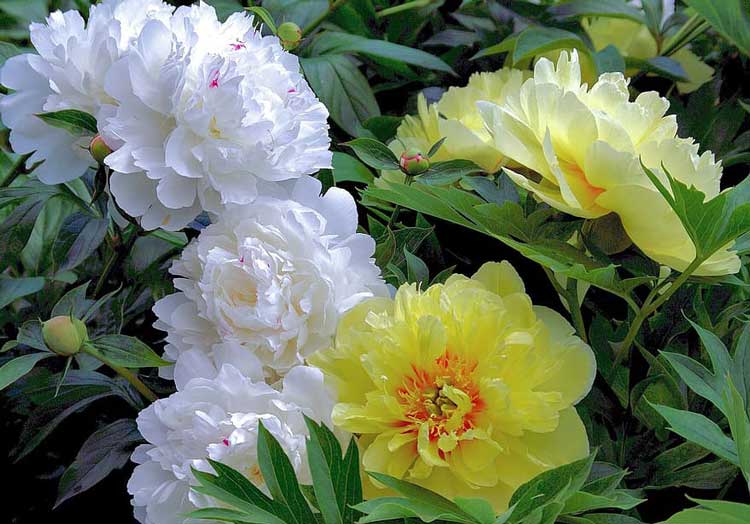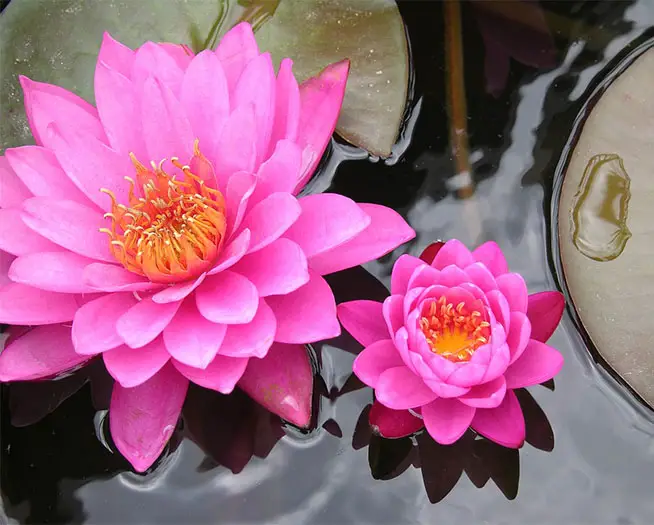The blue thistle plant originated in eastern Europe, but it is already naturalized in the United States. You may find blue thistle in different names like blueweed, blue devil, viper’s bugloss, and so forth. It’s actually a herbaceous perennial weed and a parsley family member. Unlike other species in the parsley family, blue thistle is only eye-pampering but without the fragrance or strong aroma of cooking herbs. The perennial plant is aesthetically boosting any garden or backyard. Let’s have a look further at these thistle plants, flowers, and how we can actually plant them.
Blue thistle plant
The blue thistle plant has colored and coarse stems that can grow from 30cm to 80cm tall. The plant leaves come with unparalleled veins and blue-grey color. This perennial weed is a great garden companion or as a space border specimen plant. They’re resistant to deer, droughts, and other garden intruders while giving your garden a superbly beautiful border.
Blue thistle basically requires low treatments, but it has an ideal environment to grow optimally. The plants would prefer a full daylight sun while they can tolerate shady placement in the garden. The plant also needs moist soil but not soggy soil, while it can actually tolerate rocky and dry soils with watering support. The colony can grow in the larger pot, but it can be repotted if you want to divide them.
You can grow blue thistle in containers or from seeds. Since it’s invasive in nature, growing in a container could be a practical way to control the growth and to save your time from extensive pruning. You can separate seeds from the thistle flowers and plant them in the spring. The seeds can be sowed and germinated outdoors during spring. Blue thistle indoor germination would be needed Refrigerated stratification.
It should note that these plants are vulnerable to powdery mildew. While it doesn’t require specific care, placing a blue thistle in your garden should be your main concern. Make sure you place a blue thistle plant with full sun exposure in your garden to get rid of and keep the powdery mildew away. This also makes blue thistles perfect for bordering your garden as they can capture sunlight fully.

Flower
Blue thistle has snowflake-shaped small blue-colored flowers that bloom with a cone-shaped center. The flowers are considerably small and can bloom from June to September or in a short period of July to August. When the blooming has ended, you can cut flowers for winter attractions.
Blue thistle flowers are amazing cut flowers that are great in a vase or to mix with other flowers for a bouquet. You can harvest flowers by cutting the stems and putting them underwater. Cutting flowers can last up to two weeks in the vase, while you can optimally prolong lifespan in the vase by replacing the water every three days and adding florist plant food whenever necessary.
Unlike harvesting roses, it’s highly advisable to cut the flowers when they’re fully opened, as you can’t expect it to happen in the vase. The flowers would hold the shape after being harvested during their lives outside the soil. You can extend the enjoyment by drying your blue thistle flowers. They are easily dry and look amazing for interior attractions for quite a long time.
Flowers host the seeds that can be easily divided and sown to grow a new plant. It’s not difficult to sow blue thistle flowers from seeds. It can be naturally germinated in the spring, but you may have to stratify blue thistle seeds for indoor germination. When the blooming ends, you can cut the flowers on the stems, move them to the pots for indoor arrangement. Cutting the spent flowers would also encourage the flower to bloom again in the next cycle.
Blue thistle planting
Planting a blue thistle isn’t too difficult but requires concern about timing and a slight of caring. You’d need a mix of soil mixture and garden soil for planting media, while it’s highly advisable to plant in the fall. If you purchase it as a seedling in a container, it would be okay to plant it in spring or when summer is about to start. If you plant a seedling as a space specimen, they will provide you with a height of 30cm up to 80cm. Blue thistle prefers a full sun exposure while it would go well with a partly shaded area.
If you want to grow a blue thistle in your garden or backyard optimally, simple caring and pruning routines will do a great job. Even though the plant basically requires no care but some treatments achieve detailed results. For example, you can trigger new blooms by removing dead flowers from your blue thistle flowers. Whenever necessary, you can stake the stems to prevent them from folding as they grow taller and heavier to secure the blooming path for the flowers. The plant requires ordinary soil but with good drainage to grow.

General treatment allows you to have a blooming flower every year. Back in the cycle, it’s suggested to cut blue thistle plants short in the fall season, and it would start again. As it enters summer, depending on the actual condition of the soil, regular watering would be necessary if it gets dried in prolonged periods during the season. Avoid soggy soil but keep it moist. Since the plant is vulnerable to powdery mildew, it’s advisable to apply a fungicide. This plant also attracts slugs and snails. You can expect beautiful flowering from June to September.
For a new plant, some treatments can boost the optimum growth plant. You can water the newly planted seedlings regularly in the first weeks (up to 1 month). As it’s grown, you only need to water your plant when they show drought stress signs. It requires a hot environment, so it’s important to place your plant in areas with full sun. This plant doesn’t necessarily require fertilizer as occasional watering in drought stress conditions is enough to grow.






